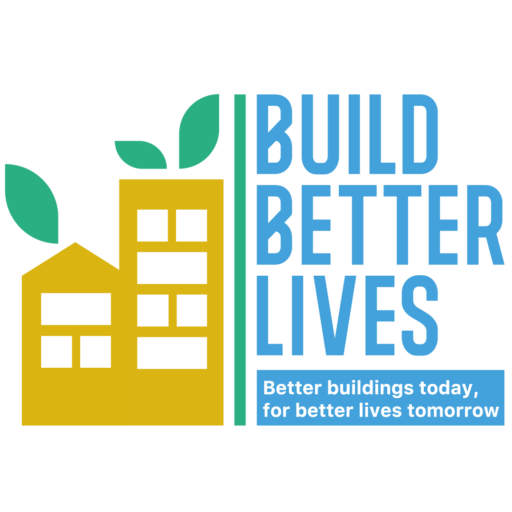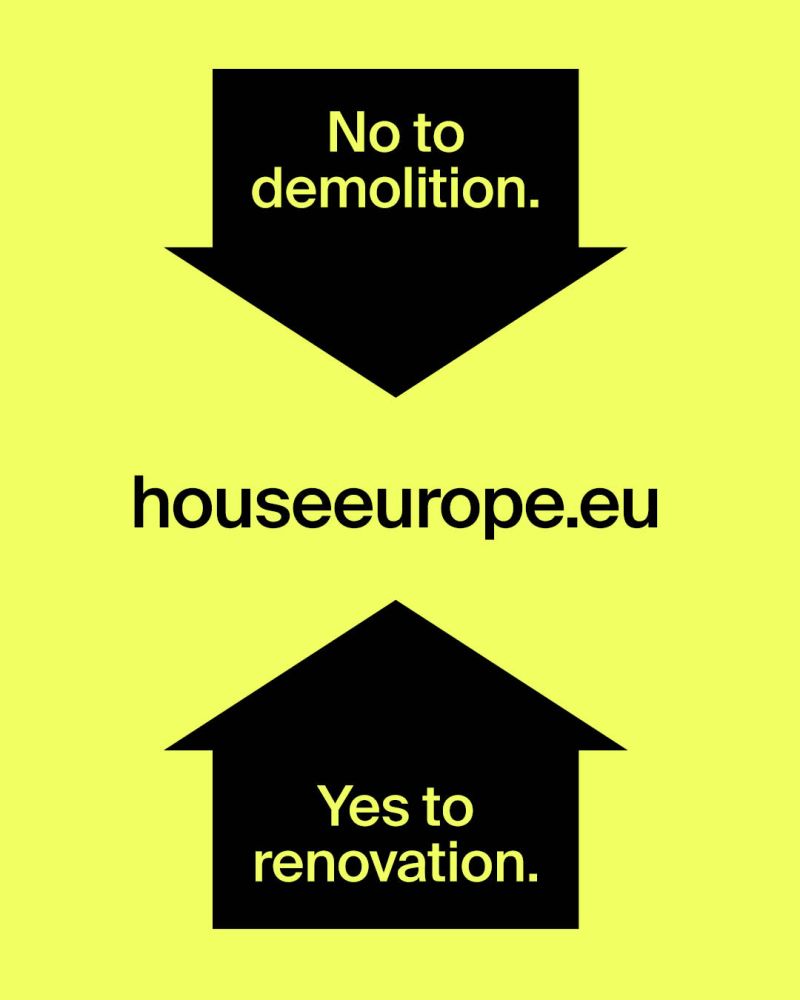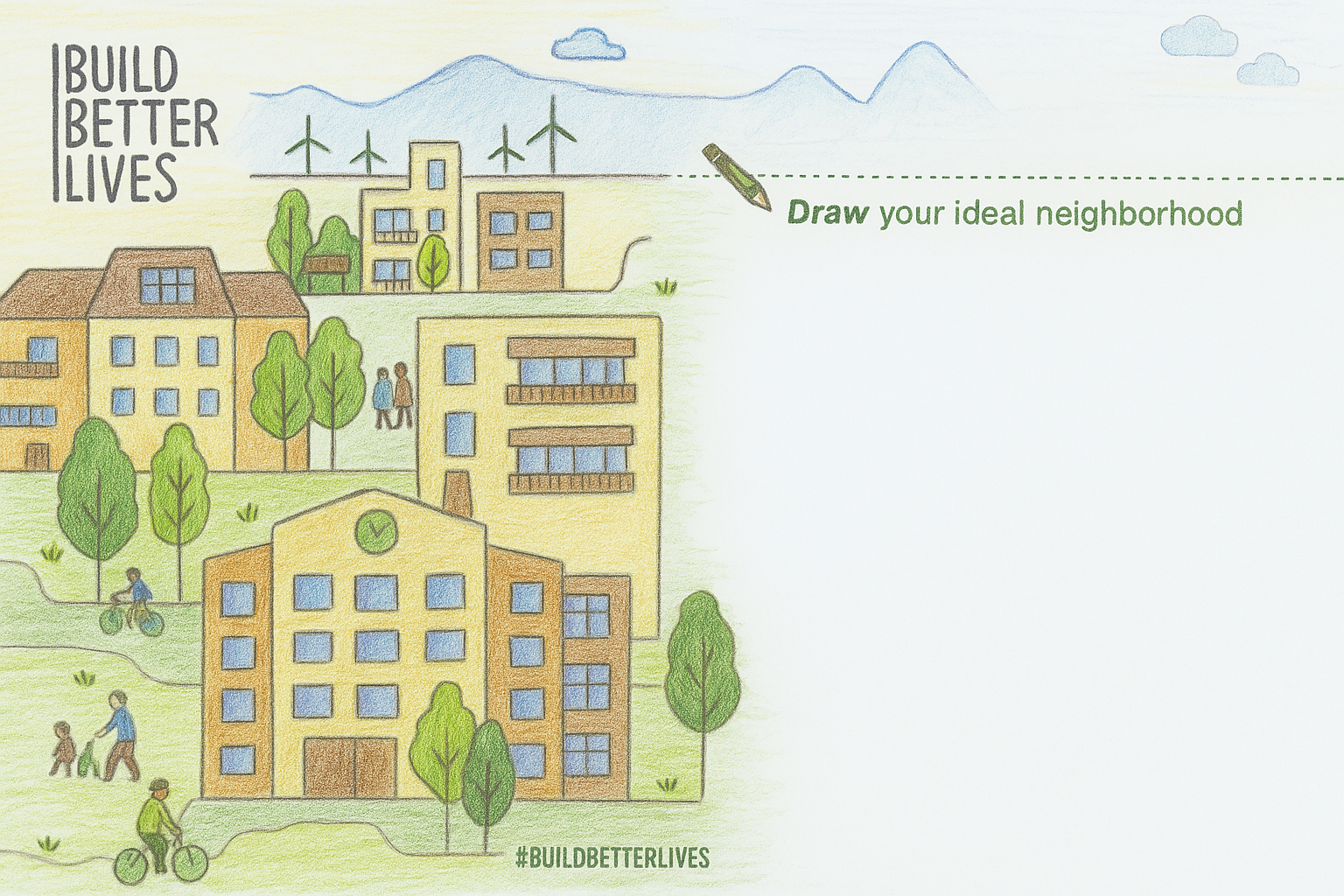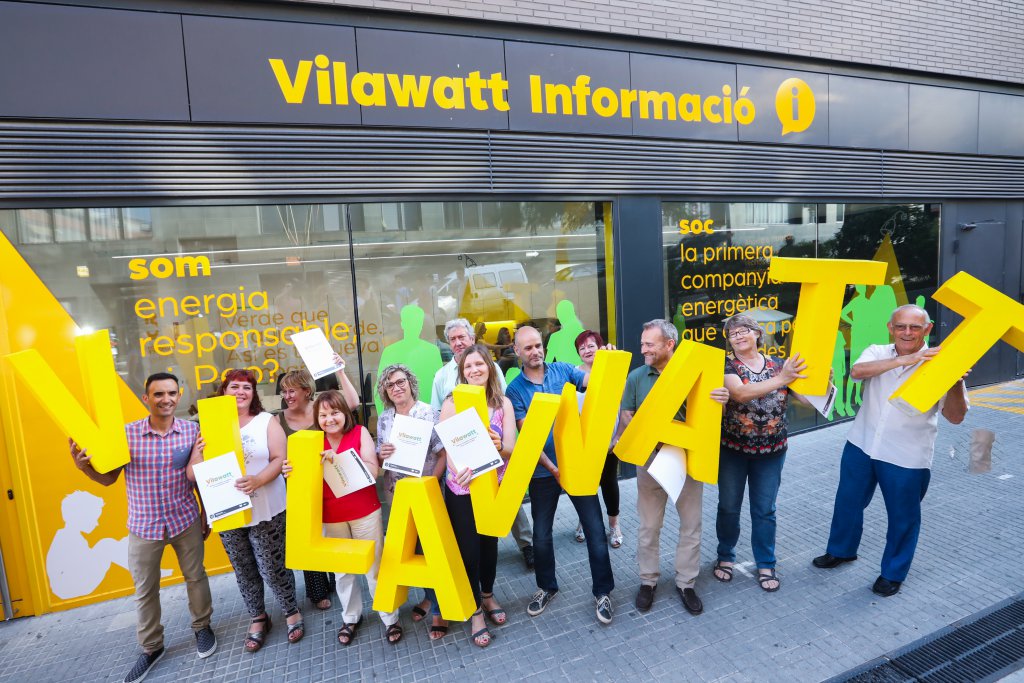
Viladecans, SPAIN
Project Led by Public-private-citizen partnership (PPCP) lead by the municipality of Viladecans
The Vilawatt Project, located in Viladecans, Spain, offers a comprehensive approach to tackling climate change, energy poverty, and social inequality through the energy transition. As an Urban Innovative Action (UIA) project, Vilawatt exemplifies how collaborative governance, innovative financing, and citizen engagement can transform vulnerable communities into resilient, energy-efficient districts. This initiative highlights the power of ambitious policies and local action in addressing urgent socio-economic and environmental crises.
People-centred solutions for energy-poor households
At the core of the Vilawatt Project is a commitment to improve the quality of life for vulnerable populations, especially energy-poor households. Viladecans, a district with mixed-income residents and a high percentage of energy-poor households, was chosen as the focal point of the project. The goal was to reduce energy consumption and associated costs, particularly for the most disadvantaged groups.
Through the deep renovation of private residential buildings, the project successfully reduced energy consumption by 54-58%. These renovations included the installation of passive systems such as façade insulation, double-glazed windows, and active systems like air conditioning and solar panels. The result was not only a dramatic reduction in energy bills but also improved living conditions for the residents. This showcases how energy-efficient housing can uplift vulnerable households, providing them with more affordable and comfortable homes.
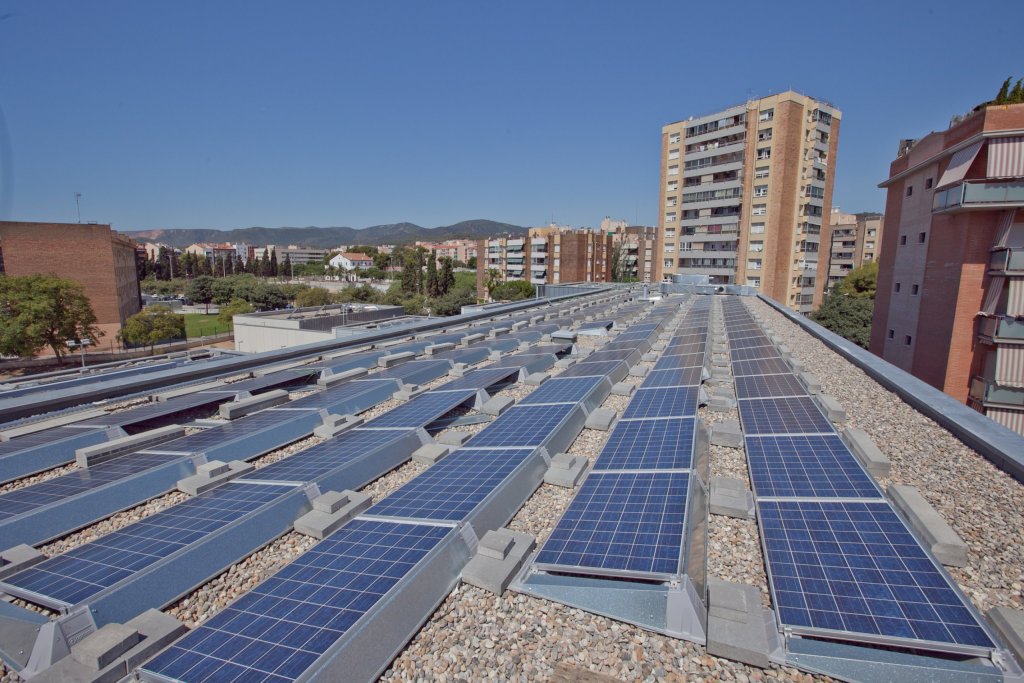
Socio-economic, environmental, and health benefits of building decarbonisation
The Vilawatt Project also illustrates the broader socio-economic, environmental, and health benefits of ambitious decarbonisation policies in the building sector. By retrofitting three multi-apartment buildings and introducing energy-saving technologies, the project significantly reduced carbon emissions—2,750 tons of CO² per year. This contributes to the city’s long-term goal of becoming climate-neutral by 2030, as outlined in the Viladecans 2030 Strategy.
In addition to environmental gains, the project also brought socio-economic benefits to the community. Through training programs, 66 unemployed residents gained skills in energy efficiency, and 600 new energy contracts were created. This not only provided economic opportunities but also empowered residents to engage in the energy transition, fostering a sense of ownership and responsibility towards their community’s future.
Innovative financing solutions for affordable housing
One of the most innovative aspects of the Vilawatt Project is its approach to financing. The introduction of a local energy currency, known as “Vilawatt,” provides incentives for energy savings and encourages residents to shop locally. Families participating in the program receive payments in Vilawatt currency, which they can spend at more than 400 local shops, promoting both energy efficiency and economic resilience.
The project’s financing model also includes the involvement of the European Union’s Regional Development Fund, which covered 80% of the renovation costs. This innovative financial structure ensures that vulnerable groups can access affordable, energy-efficient housing without facing prohibitive costs, making it a replicable model for other cities facing similar challenges.
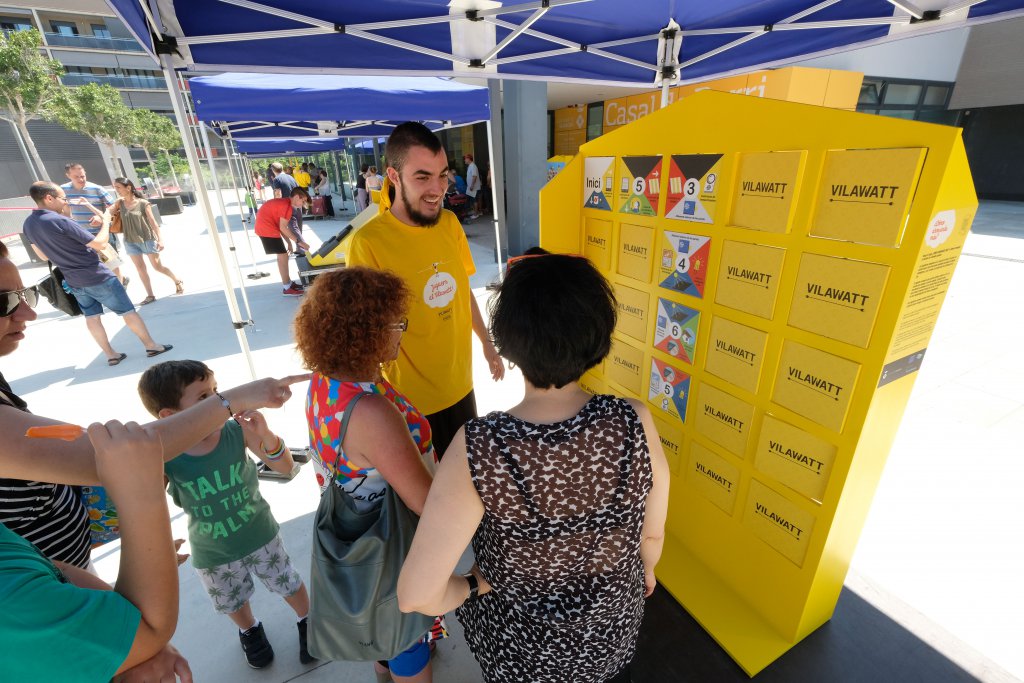
Empowering citizens through social and technical assistance
Central to the success of the Vilawatt Project is its emphasis on citizen empowerment. The project established a Public-Private-Citizen Partnership (PPCP), bringing together residents, local authorities, and businesses to co-manage the energy transition. This governance structure ensures that citizens have a direct role in decision-making processes, fostering trust and cooperation between different stakeholders.
Moreover, the project set up an Energy Advisory Service to provide training and information on energy efficiency to schools, businesses, and residents. Four learning spaces were created to facilitate knowledge exchange and participatory actions, further empowering citizens to take control of their energy consumption. By involving residents in every step of the process, Vilawatt demonstrates how social and technical assistance can create sustainable, long-term engagement in the energy transition.
Conclusion: building complementarity for a better future
The Vilawatt Project stands as an inspiring example of how ambitious, collective action can lead to tangible improvements in the lives of vulnerable communities. By integrating governance, financing, and citizen engagement, the project successfully addresses intersecting crises of climate change, energy poverty, and social inequality. As other cities look for ways to create sustainable, energy-efficient communities, Vilawatt’s innovative model offers valuable lessons in building complementarity between different approaches and fostering inclusive, people-centred progress.
